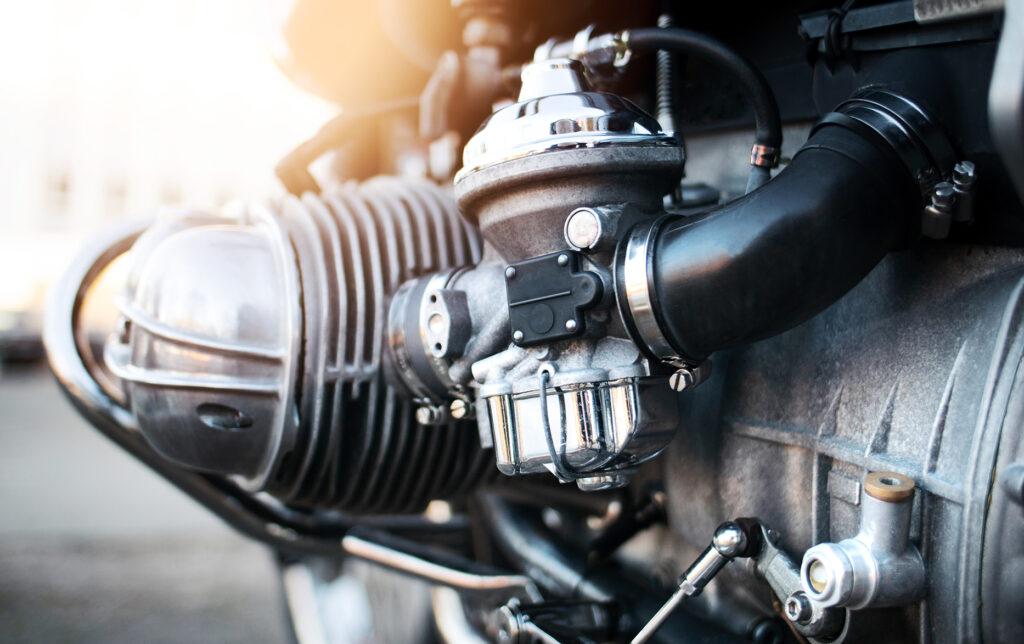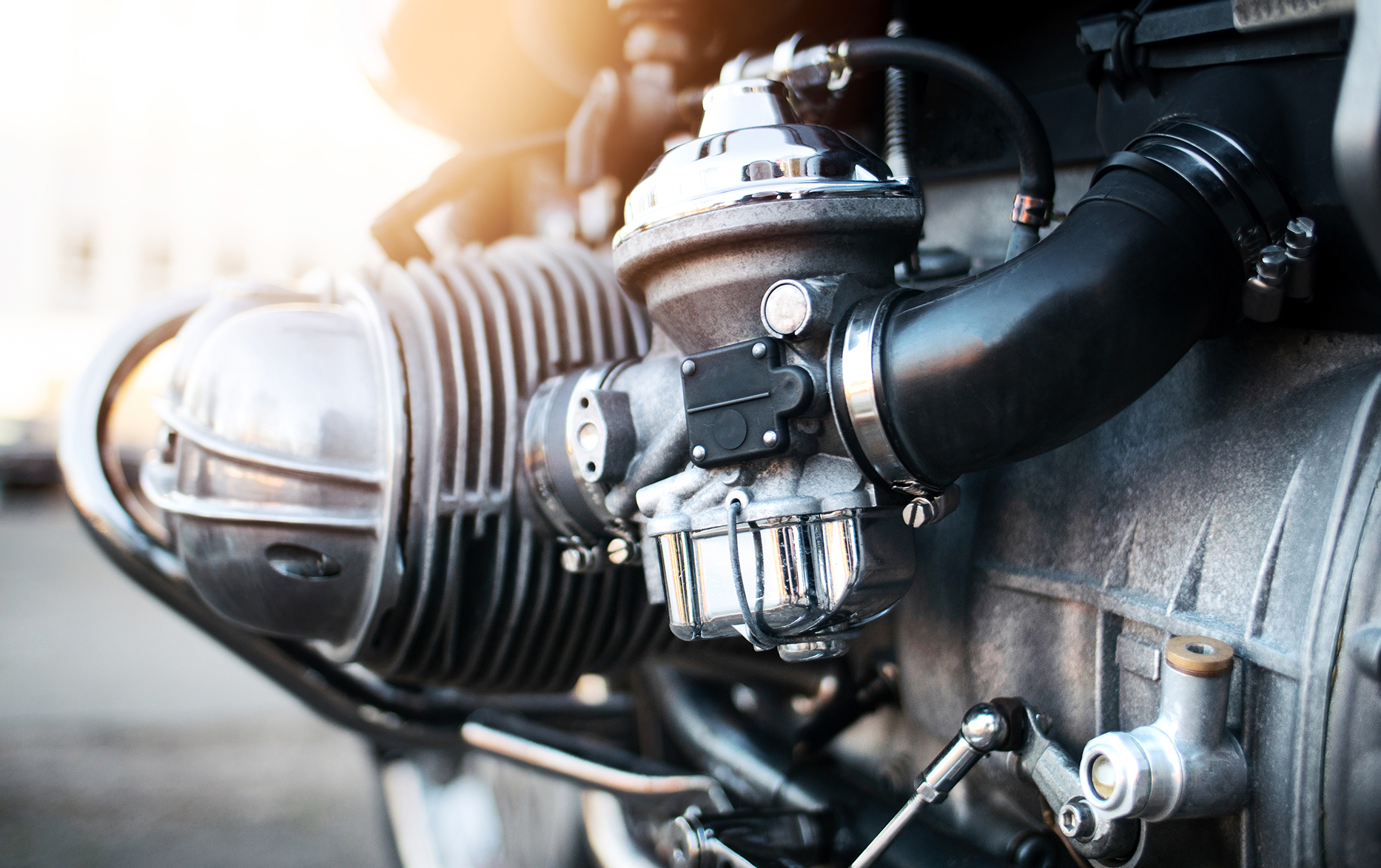
How to Clean Carburetors on a Motorcycle: A Comprehensive Guide
Motorcycles, renowned for their agility and raw power, rely heavily on a well-maintained engine. At the heart of many older or classic motorcycles lies the carburetor, a vital component responsible for mixing air and fuel to create the combustion needed to power the engine. Over time, carburetors can become clogged with dirt, varnish, and other debris, leading to poor performance, starting problems, and reduced fuel efficiency. Therefore, understanding how to perform proper cleaning carbs on a motorcycle is essential for any motorcycle enthusiast. This guide provides a comprehensive walkthrough of the process, ensuring your motorcycle runs smoothly and efficiently.
Why Carburetor Cleaning is Important
Before diving into the steps, it’s crucial to understand why cleaning carbs on a motorcycle is necessary. A dirty carburetor can cause a multitude of issues, including:
- Poor engine performance: Reduced power and acceleration.
- Difficulty starting: Especially in cold weather.
- Rough idling: Unstable or erratic engine speed at idle.
- Reduced fuel efficiency: Burning more fuel than necessary.
- Engine misfires: Intermittent interruptions in the combustion process.
Regular cleaning carbs on a motorcycle can prevent these problems and ensure optimal performance.
Tools and Materials Needed
Gathering the right tools and materials is the first step in cleaning carbs on a motorcycle. Here’s a list of essentials:
- Carburetor cleaner: A specialized solvent designed to dissolve varnish and deposits.
- Small brushes: Various sizes for cleaning jets and passages.
- Compressed air: For blowing out debris and drying components.
- Screwdrivers: Assorted sizes to remove and disassemble the carburetor.
- Wrenches: For loosening and tightening bolts.
- Pliers: For gripping and manipulating small parts.
- Clean rags: For wiping surfaces and absorbing spills.
- Parts tray: To keep small parts organized and prevent loss.
- Safety glasses: To protect your eyes from chemicals and debris.
- Gloves: To protect your hands from chemicals.
- Service manual (optional): Provides detailed instructions and diagrams for your specific motorcycle model.
Step-by-Step Guide to Cleaning Motorcycle Carburetors
Now, let’s proceed with the step-by-step guide for cleaning carbs on a motorcycle:
Step 1: Preparation and Safety
Before starting, ensure the motorcycle is cool and the fuel petcock is in the OFF position. Work in a well-ventilated area, wear safety glasses and gloves, and keep a fire extinguisher nearby. Disconnect the battery’s negative terminal to prevent accidental sparks.
Step 2: Removing the Carburetor
This step involves detaching the carburetor from the motorcycle. The process varies depending on the motorcycle model, but generally involves the following:
- Locate the carburetor: Typically situated between the airbox and the engine.
- Disconnect fuel lines: Carefully detach the fuel lines from the carburetor, using pliers if necessary. Have a rag ready to catch any spilled fuel.
- Remove throttle cables: Loosen the throttle cable adjusters and disconnect the cables from the carburetor linkage.
- Detach airbox and intake manifold: Loosen the clamps securing the airbox and intake manifold to the carburetor.
- Remove the carburetor: Carefully pull the carburetor away from the intake manifold and airbox.
Step 3: Disassembling the Carburetor
With the carburetor removed, it’s time to disassemble it for thorough cleaning carbs on a motorcycle. Refer to your service manual for specific instructions for your model. However, the general process includes:
- Remove the float bowl: Unscrew the screws holding the float bowl to the carburetor body.
- Remove the float and needle valve: Carefully remove the float and needle valve assembly.
- Remove the jets: Unscrew the main jet, pilot jet, and other removable jets.
- Remove the idle mixture screw: Carefully unscrew the idle mixture screw, counting the number of turns it takes to remove it completely. Note this number for reassembly.
- Remove other components: Remove any other removable components, such as the throttle slide and diaphragm.
Place all parts in the parts tray to avoid losing them.
Step 4: Cleaning the Carburetor Components
This is the core of cleaning carbs on a motorcycle. Use carburetor cleaner and small brushes to clean each component thoroughly:
- Clean the jets: Use a small wire or jet cleaning tool to clear any obstructions in the jets. Spray with carburetor cleaner and blow out with compressed air.
- Clean the carburetor body: Spray the carburetor body with carburetor cleaner and use a brush to scrub away any dirt or varnish. Pay close attention to the passages and orifices. Blow out with compressed air.
- Clean the float bowl: Clean the float bowl with carburetor cleaner and a brush. Ensure the drain screw is clean and functional.
- Clean other components: Clean all other removable components with carburetor cleaner and a brush.
Ensure all components are completely clean and dry before reassembly.
Step 5: Reassembling the Carburetor
After cleaning carbs on a motorcycle, reassemble the carburetor in the reverse order of disassembly:
- Install the jets: Screw in the main jet, pilot jet, and other jets.
- Install the idle mixture screw: Screw in the idle mixture screw to the previously noted number of turns.
- Install the float and needle valve: Carefully install the float and needle valve assembly.
- Install the float bowl: Attach the float bowl to the carburetor body, ensuring the gasket is in place.
- Install other components: Reinstall any other removable components, such as the throttle slide and diaphragm.
Ensure all screws and bolts are tightened securely, but not overtightened.
Step 6: Reinstalling the Carburetor
Reinstall the carburetor onto the motorcycle. This process is the reverse of removal:
- Attach the carburetor: Carefully slide the carburetor onto the intake manifold and airbox.
- Secure the airbox and intake manifold: Tighten the clamps securing the airbox and intake manifold to the carburetor.
- Connect throttle cables: Reconnect the throttle cables to the carburetor linkage and adjust the cable adjusters.
- Connect fuel lines: Reattach the fuel lines to the carburetor, ensuring they are securely connected.
Step 7: Final Checks and Adjustments
After reinstalling the carburetor, perform the following final checks and adjustments:
- Reconnect the battery: Reconnect the battery’s negative terminal.
- Turn on the fuel petcock: Turn the fuel petcock to the ON position.
- Start the motorcycle: Start the motorcycle and let it idle.
- Adjust the idle speed: Adjust the idle speed screw to achieve the correct idle speed, as specified in your service manual.
- Fine-tune the idle mixture: Fine-tune the idle mixture screw to achieve the smoothest possible idle.
Troubleshooting Common Issues After Cleaning
Even after careful cleaning carbs on a motorcycle, some issues may persist. Here are some common problems and their solutions:
- Still having starting problems: Check the spark plug, fuel filter, and fuel pump.
- Rough idling: Double-check the idle mixture screw adjustment and look for air leaks.
- Poor performance: Ensure the jets are properly sized and the carburetor is properly synchronized (if applicable).
Preventative Maintenance Tips
To prevent future carburetor problems, consider these preventative maintenance tips:
- Use fuel stabilizer: Add fuel stabilizer to the fuel tank when storing the motorcycle for extended periods.
- Regularly inspect fuel lines: Check fuel lines for cracks or leaks.
- Clean the air filter: A clean air filter prevents dirt and debris from entering the carburetor.
- Consider an inline fuel filter: Adding an inline fuel filter can help prevent debris from reaching the carburetor.
Conclusion
Cleaning carbs on a motorcycle is a crucial maintenance task that can significantly improve your motorcycle’s performance and reliability. By following this comprehensive guide, you can confidently clean your carburetor and enjoy a smoother, more efficient ride. Remember to always prioritize safety and consult your service manual for specific instructions related to your motorcycle model. With proper care and maintenance, your motorcycle will continue to provide years of enjoyment. Regular cleaning carbs on a motorcycle will extend the life of your engine and improve overall performance. Keep your machine running smoothly by understanding the importance of cleaning carbs on a motorcycle. Always remember to take necessary precautions when cleaning carbs on a motorcycle. Don’t underestimate the value of cleaning carbs on a motorcycle for optimal engine health. The process of cleaning carbs on a motorcycle can be simplified with the right tools. Knowing how to correctly complete cleaning carbs on a motorcycle is beneficial for any owner. Proper maintenance, including cleaning carbs on a motorcycle, ensures peak performance. By learning the procedure for cleaning carbs on a motorcycle, you protect your investment. The benefits of regular cleaning carbs on a motorcycle extend to the life of the bike. Regular cleaning carbs on a motorcycle is a cornerstone of motorcycle upkeep. The key to a long-lasting motorcycle is often cleaning carbs on a motorcycle. Don’t forget the importance of cleaning carbs on a motorcycle. Make sure to include cleaning carbs on a motorcycle in your maintenance schedule. Effective cleaning carbs on a motorcycle can drastically improve fuel efficiency. The results of properly cleaning carbs on a motorcycle are immediately noticeable. Even experienced riders emphasize the importance of cleaning carbs on a motorcycle.
[See also: Motorcycle Maintenance Tips for Beginners]
[See also: Troubleshooting Motorcycle Starting Problems]

